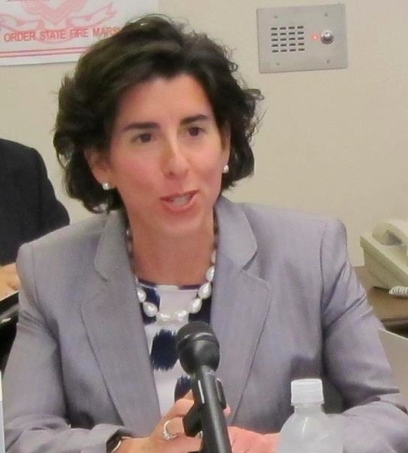Argentina’s failure to pay interest on its debt—resulting in the country’s second default in 13 years—was always going to have an economic ripple effect.
But Brazilian mailmen probably didn’t realize they’d be near the top the list of negatively affected parties. In light of Argentina’s default, they’ve seen their pensions zapped.
That’s because Postalis, the pension manager to which about 130,000 active and retired Brazilian postal workers belong, is feeling the pain of the default.
Postalis was invested in the fund Brasil Sovereign II Fundo de Investimento de Divida Externa, a Brazil-based investment fund of Bank of New York Mellon, that this week wrote down its assets by 51 percent, according to Bloomberg:
Bank of New York Mellon Corp. said one of its Brazil-based investment funds wrote down more than half the value of its assets after recording losses on investments linked to Argentine government debt.
The Brasil Sovereign II Fundo de Investimento de Divida Externa FIDEX took a loss of 197.9 million reais ($87.2 million) on Aug. 1 after booking a provision on credit-linked notes tied to Argentine bonds, according to a regulatory filing yesterday by BNY Mellon DTVM, the bank’s Brazilian fund manager. The fund has just one investor and the identity is not public information, according to securities regulators.
Argentina last week failed to make a $539 million interest payment on its bonds, prompting Standard & Poor’s and Fitch Ratings to declare the country in default for the second time since 2001. The country has about $29 billion of overseas foreign-currency notes outstanding, and the International Swaps & Derivatives Association ruled last week that the failure to pay interest will trigger $1 billion of credit-default swaps.
“Due to the suspension of payment on foreign debt notes issued by Argentina backing the referred notes, and to the necessity to change its evaluation methodology of some credit-linked notes, provisions for losses have been made in its portfolio,” BNY Mellon DTVM said.
The fund that held the notes had 384.4 million reais worth of assets as of July 31, according to data available at the website of the Brazilian securities regulator. The value dropped about 52 percent to 185.5 million reais as of Aug. 1.
You’ll notice in the excerpt above that the fund has only one investor, the identity of which isn’t public information. But it’s widely believed that investor is Postalis. From Businessweek:
While the statement didn’t identify the entity that is the fund’s sole investor, all signs point to Postalis, the pension manager serving about 130,000 current and former postal workers in Brazil.
Postalis, which had 8 billion reais ($3.5 billion) in assets according to the latest data available, said in statements as early as 2011 and as recently as May that it had invested in the fund. Postalis’s press office declined to comment.
Postalis is Brazil’s 14th-biggest pension group by investments under management, according to June 2013 data available from the Brazilian pension association Abrapp.
Brazil’s pension regulator was asked by multiple media outlets to comment on the situation, but has so far declined all requests.
Photo: “Argentina Logo” by Guillermo Brea. Licensed under Creative Commons




